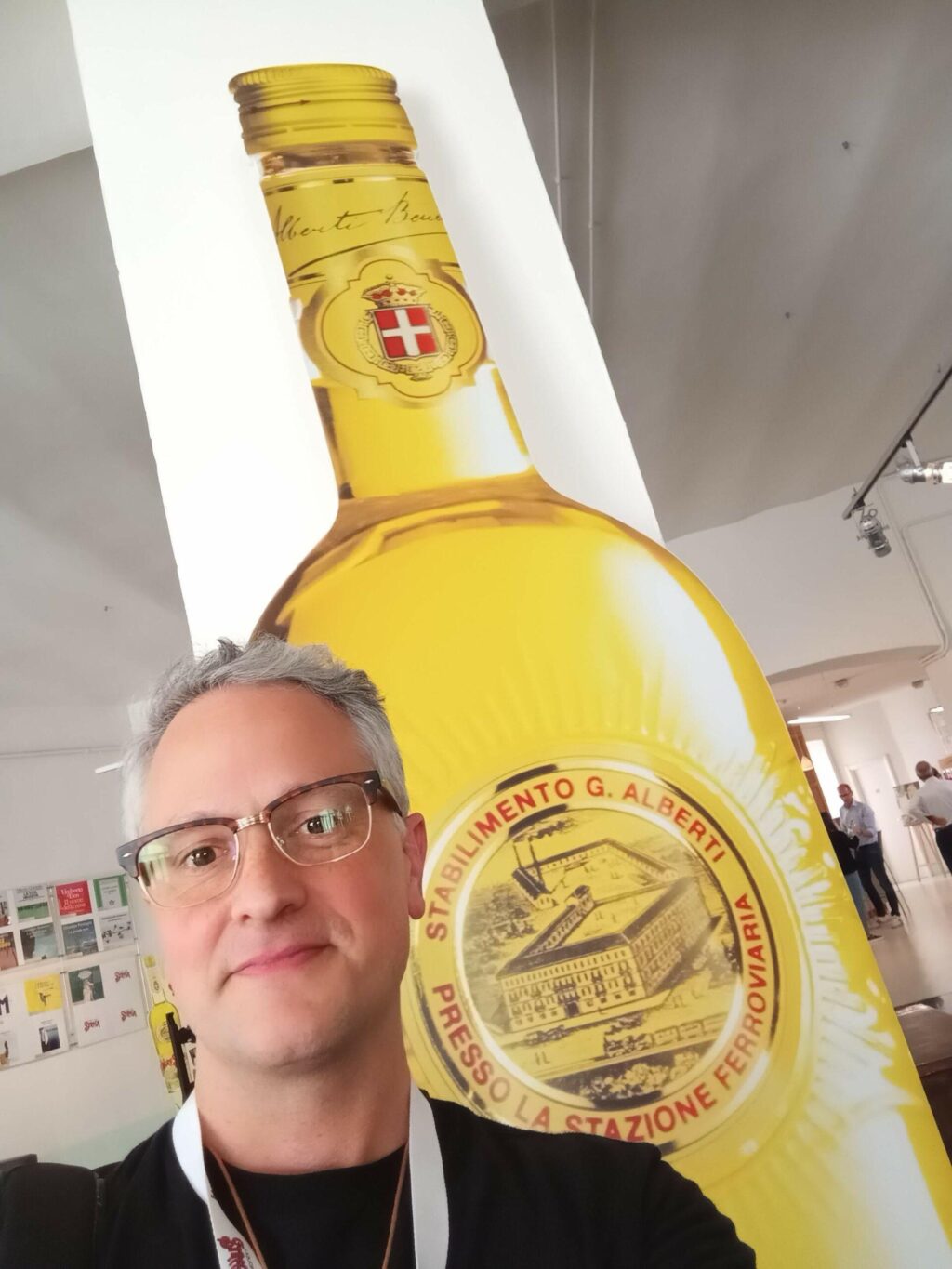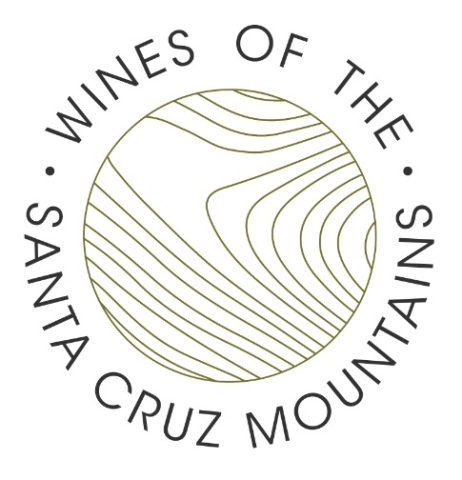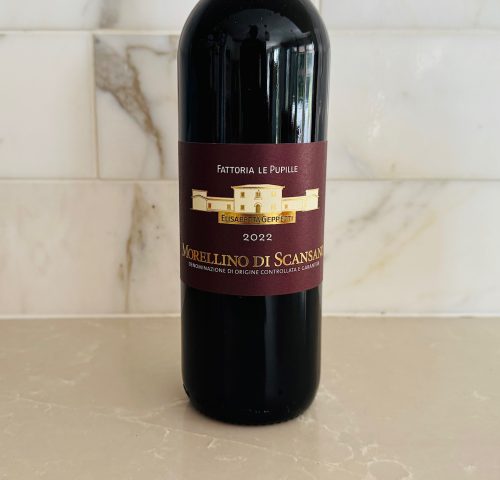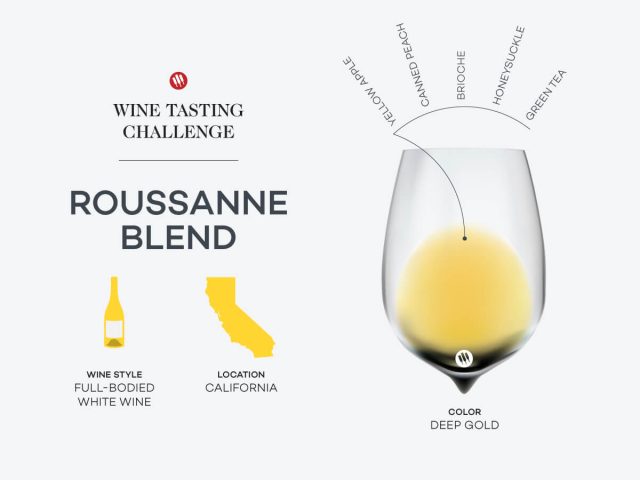Postcard From Sannio, Part 3: …And All the Rest

This is the third (and final) entry in my three-part wrap-up of recent media jaunt to Sannio in southern Italy (check out Part 1 and Part 2 if you haven’t already). Today, we’ll put a bow on things from this little slice of Campania but focusing on anything that’s not Aglianico or Falanghina.
There’s a lot about Sannio that’s impressively charming, but I found this tidbit to be particularly awesome: in 1951, a local mayor proposed doubling the tax on Coca-Cola in order to help promote an increase in wine consumption. I’m assuming, of course, that he was expecting that to happen with the region’s adults, but whatever.
Anyway, as I’ve mentioned in previous coverage on these virtual pages, Sannio enjoys a great combination of factors that make it a good place for growing fine wine grapes, and so we will close things out by highlighting some of the “other” things going on in the region.
The “Other” Grapes




Coda di Volpe
This “white foxtail” grape has been mentioned as far back as 1592, and is probably only grown in Campania (it’s closely related to the Nerella and Uva Rosa varieties from the region). Once relegated to simple blending status, recent years have seen some producers try to coax out its fine wine potential.
Greco
So named as it’s believed to have been introduced to Campania by the Greeks in the 8th or 7th Century, this is NOT the same variety as Greco Bianco (misnomers and confusion on grape variety names will be a recurring theme today). This Greco favors volcanic the soils which Campania can provide.
Fiano
An ancient variety with mentions dating back to at least the 1200s, Fiano thrives in Campania’s compact clay and volcanic soils.
Piedirosso
This variety probably originated in the Vesuvio area, its name (“red feet”) describing the color of its stalk and stem during harvest. It’s not easy to grow, is low yielding, and was described to me as being “temperamental” in the cellar. As such, you’d expect it to be rare, but it’s actually the second most widely grown red wine grape variety in Campania after Aglianico.
Barbera del Sannio / Camaiola
As you will not at all be surprised to read, Barbera del Sannio has nothing to do with the versatile BArbera grape variety grown in northern Italy. As the story goes, in the 1930s some Campania producers visited Pennsylvania in the USA, and saw that Barbera was popular there. Upon returning to Campania, they decided to rebrand their Camaiola. See, told you this would be confusing…



2022 Fattoria La Rivolta Coda di Volpe Sannio Taburno, Campania, $27
I dug this fascinating little white. Herbal, floral, and textured, there are flavors of pear, lemon, grilled citrus, and toasted nuts, with an interesting palate astringency and a spirited, fun-loving attitude.

2021 Fontana Reale ‘Albosco’ Greco Sannio, Campania, $NA
Running the gamut from ripe citrus to stone and tropical fruits, this white offers up nice herbal spice notes, floral aromas, and a mouthful of citrus flavor. It’s fresh, mineral, and forward in an immediately alluring way.

2022 La Guardiense Janare ‘Pietralata’ Greco Sannio, Campania, $NA
Boom—right away, this fine Greco hits you with notes of yellow apple, fresh-cut pineapple, and savory hints. In the mouth, it’s ripe and fruity, well-rounded, but balanced by ample acidity and just a bit of structure.

2018 Fasso Angeli Chiusa Sannio Fiano, Campania, $NA
Over-the-top, in the best possible ways, this Fiano is voluptuously irresistible. Heady, perfumed, and Chardonnay-like in its white peach action, it also brings some extras to the mix like white pepper, white fig balsamic, funk, and marmalade. The finish gets nutty, moving to citrus, honey, and beeswax on its very, very long exit.

2018 Mustilli ‘Artus’ Piedirosso Sannio Sant’Agata dei Goti, Campania, $NA
Very bright, very tasty, very spicy, very bright, and very much all about the red berry feels, this is an easy red to like even if you’ve never contemplated the grape variety before. It scores extra points for the complex nose, which offers up toast, coffee, and dark cherries.

2020 Antica Masseria ‘A Canc’llera Grotta Di Futa Barbera del Sannio, Campania, $NA
I’m probably more familiar with Piedmont Barbera than most people, and so it only took a brief sniff of this red for me to understand just how confusing the Barbera del Sannio name could potentially be. Having said that, this (Camaiola) is a fun and interesting variety in its own right. There’s licorice, leather, plummy and savory fruits, and a heap of dried roses all mingling in the nose and the palate. It’s kind of crazy, pretty fresh, fairly versatile, and very fun.



Alberti Strega Liqueur, Campania, $39
At the tail end of our Sannio journey, we were fortunate enough to tour the Strega production facility, and it was a fantastic and fun deep dive into the oft-imitated, never duplicated, iconic sipper. Named for a witch, Strega is the haunting liqueur that’s Campania’s answer to Chartreuse Yellow, in both in color and construction, and it should probably be considered a national treasure at this point. Pine resin, juniper, wild mint, anise, licorice, cloves, with a rich body that’s not intrusive and plays well with cocktails. Dangerously easy to drink, too.
Cheers!





